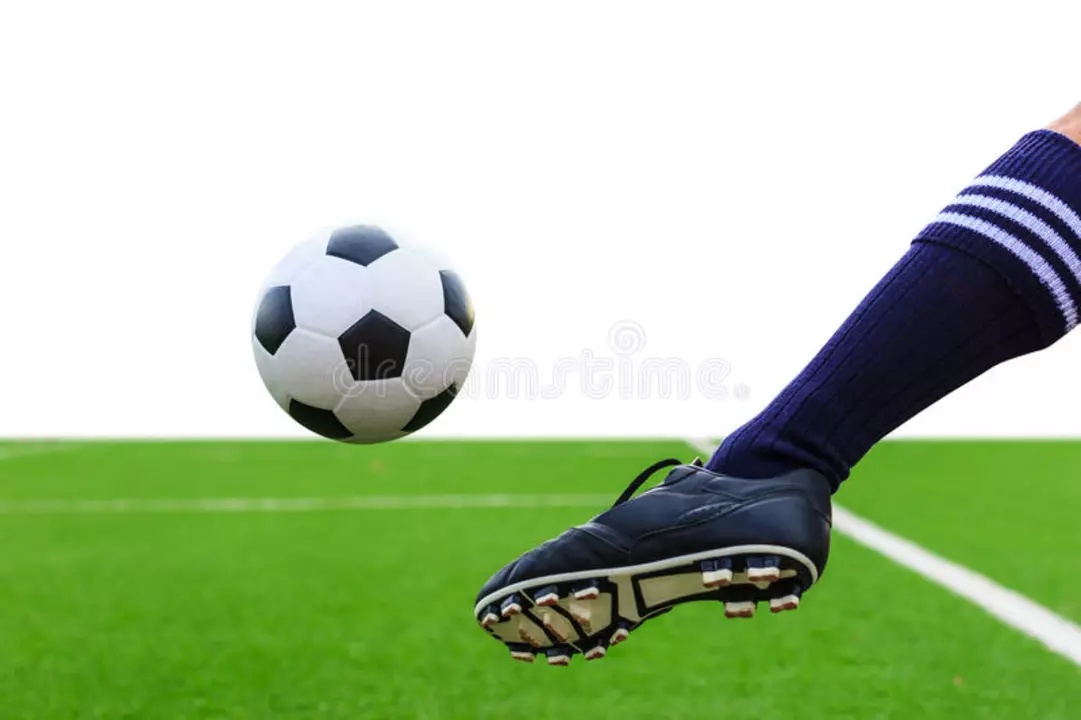Foot Part Essentials for Soccer Players
Ever wonder why a tiny tweak to your foot can change the whole match? Your foot isn’t just a single unit – it’s a collection of parts that each play a role on the pitch. Knowing how to treat and protect each section can mean the difference between scoring a goal and sitting on the bench with an injury.
Understanding the Key Foot Sections
Toes give you that quick push off the ground. When you sprint or cut, the big toe bears most of the force. A stubbed toe or a bruised nail can throw off your balance fast. Simple tricks like trimming nails straight across and using a snug toe‑cover in your cleats keep them safe.
Arches act like built‑in shock absorbers. Flat feet or overly high arches often cause sore ankles or shin splints. A pair of well‑fitted arch‑support insoles can spread impact evenly, letting you stay light on your feet during long drills.
Heel is the first point of contact when you plant for a shot. Heel pain usually points to poor cleat fit or hard surfaces. Make sure your cleats have a slight heel cup – it holds the foot in place and reduces wobble.
Shin is where most soccer injuries happen. Shin guards are non‑negotiable, but not all guards are equal. Look for lightweight, anatomical guards that cover the whole shin without sliding around. A proper fit means you won’t lose focus on the ball while staying protected.
Gear Choices That Respect Your Foot
Choosing the right cleats is a matter of foot shape and playing surface. If you have a narrow foot, go for a low‑profile model that hugs the foot tightly. Wide feet benefit from a broader toe box to avoid squeezing the toes. Remember, a snug fit should feel snug, not painful – you should be able to wiggle your toes a bit.
When it comes to socks, ditch the cotton ones. Synthetic blends wick sweat, keep the foot dry, and reduce friction that can cause blisters on the heel or toes. Some socks even have extra padding at the heel and ball of the foot for extra comfort.
Don’t overlook post‑match care. Rolling a tennis ball under your foot helps release tight arches, while a gentle stretch of the calf and Achilles can prevent heel soreness. Ice the shins for 10‑15 minutes if you feel a twinge after a hard tackle.One practical tip: before every training session, do a quick foot‑check. Look for any redness, bruises, or loose studs on your cleats. A five‑minute inspection saves hours of rehab later.
Bottom line: treating each foot part as a priority keeps you agile, reduces downtime, and lets you focus on the game. Whether you’re a weekend striker or a pro midfielder, a little attention to toes, arches, heels, and shins goes a long way. Keep your gear fitted, stay on top of warm‑ups, and play the beautiful game pain‑free.
